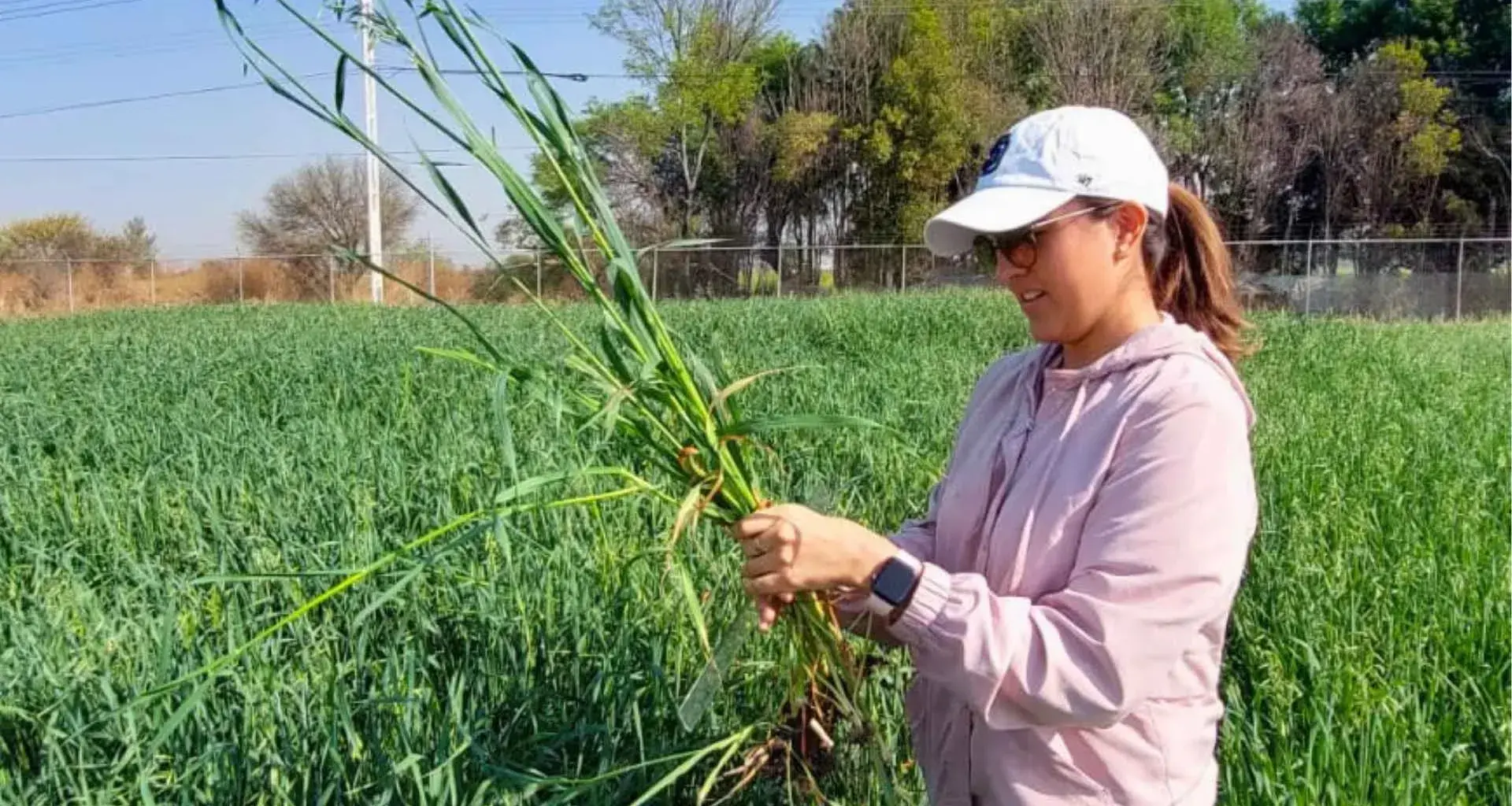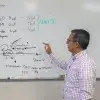Students Alexia Torres, Bernardo Blanco, Eduardo Báñales, Diego Romo, Oscar Rico, Fernanda Reyes, and José Arismendez from the Agri-Food Biosystems Engineering program at the Tec’s Queretaro campus have developed a forage oat cultivation project (for livestock consumption) to find alternatives to current agricultural challenges.
The project led by Professor Tania Rodríguez has joined the initiative developed by Campo Agro Experimental (CAETEC), which seeks to address precision agriculture-related challenges (optimization of agricultural production).
“We wanted to base our approach on oat cultivation,” said the professor.
The students used three alternatives in order to find the best alternative and thus assess its efficiency:
- Fungi treatment: Where a symbiotic relationship is formed with the plant, which delivers sugar to the fungus while this returns water and nutrients to the plant.
- Biozyme treatment: This is a plant hormone that promotes growth and improves anchoring and yield.
- The third alternative consisted of a combination of both treatments; treatment with fungi and fertilization with biozyme.
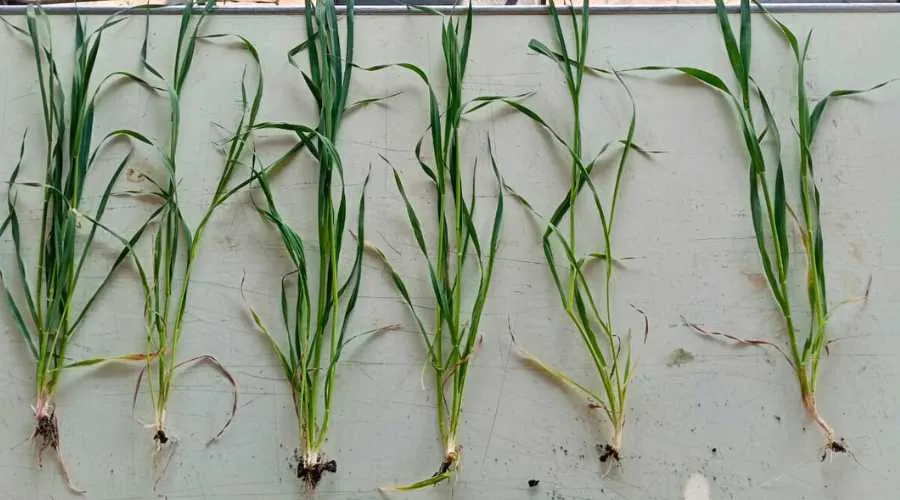
The treatment in this part of the project used fungi formed from symbiosis with plants known as mycorrhizae. This is a process in which the fungus is planted inside the plant seed so that it may reproduce as it grows, forming a reciprocal relationship in exchange for the plant giving sugar to the fungus to reproduce.
Drone technology
Part of the methodology used included multispectral drone imaging. This produces images at wavelengths that, after being analyzed using specialized software, would help students assess the crop’s efficiency.
“The levels obtained helped us adjust different crop parameters while the harvest was in progress.” - Eduardo Báñales
They also used this multispectral imaging in conjunction with:
- Normalized Difference Vegetation Index (NDVI), which is used to measure the quality, quantity, and development of vegetation; and
- Normalized Difference Water Index (NDWI), which measures and monitors surface water changes.
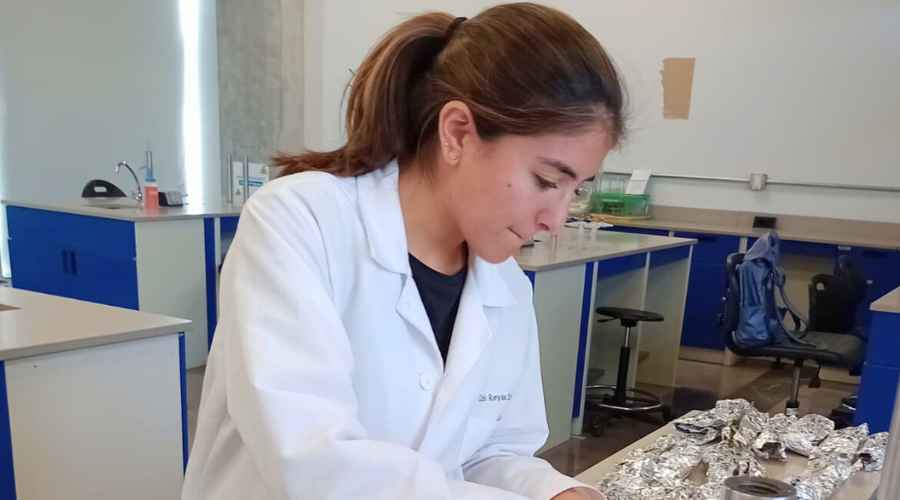
The students found that comparing these studies allows for faster decisions regarding harvesting and counteracting yield losses while improving product quality.
Similarly, estimating dry matter through NDVI is a technological alternative that can facilitate harvest scheduling to improve forage quality.
The students said that this was a project developed in addition to their academic projects since they were contacted by Professor Tania Rodríguez, who was looking for young people interested in extensive agriculture who also wanted to learn about new technology tools and already had some experience in soil and plant physiology.
This is why she began contacting the students to begin the research project with oat cultivation, thus beginning the research that would lead them to win first place at ExpoIngenierias.
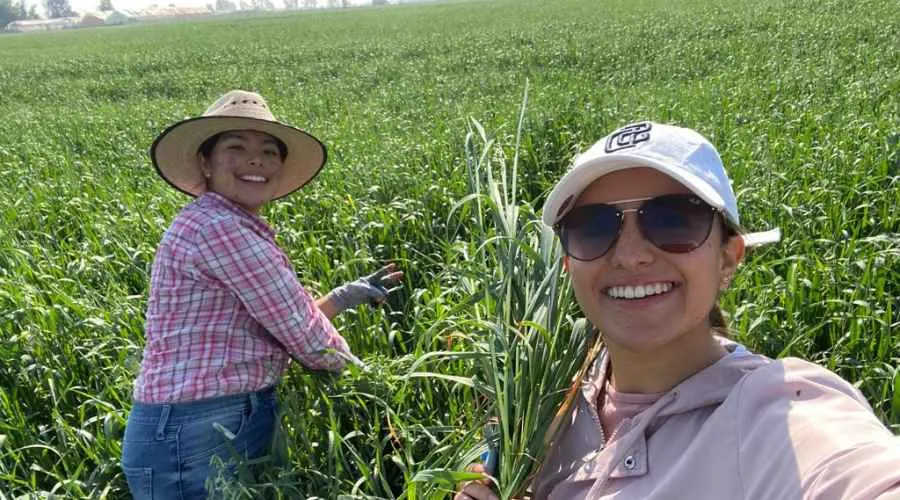
YOU’LL DEFINITELY WANT TO READ:

